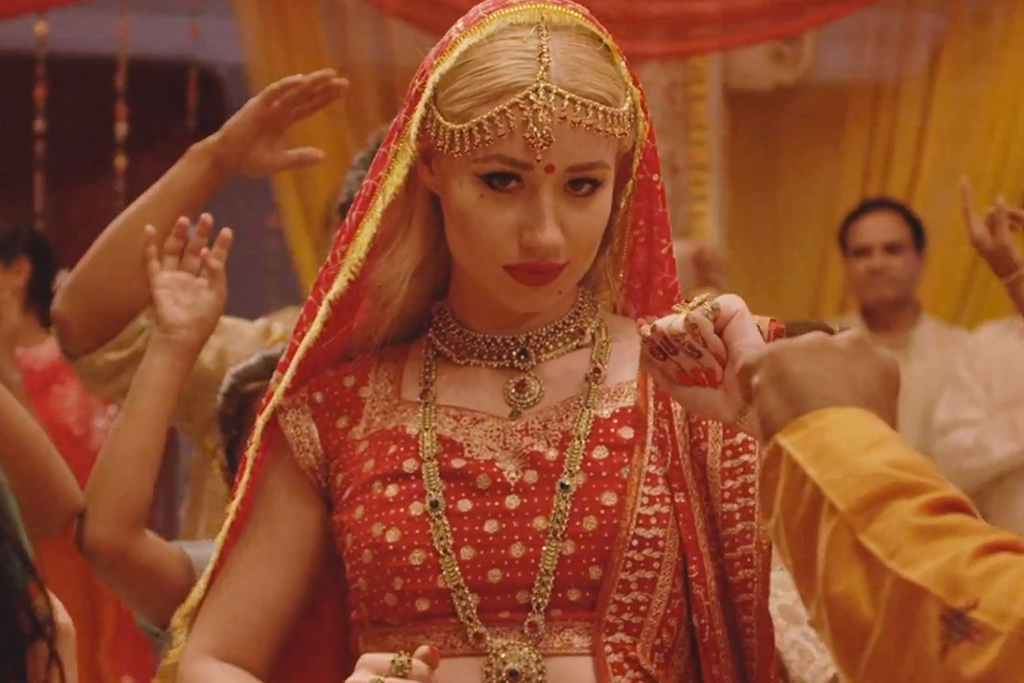In the 90s, Gwen Stefani transformed popular interpretations of the bindi from a cultural and religious emblem of South Asia into a fashion accessory. With the recent 90s revival, the ‘fashion bindi’ has been worn by celebrities including Katy Perry, Kendall Jenner and Selena Gomez, as well as hordes of revelers at Coachella, Glastonbury and other festivals.
Reclaim the Bindi week seeks to stop this trend in its tracks, raising awareness of the issue of cultural appropriation and taking back the bindi for those it belongs to. Last week, #ReclaimTheBindi stormed trending tickers as Hindu and Asian women took to social media to share images of themselves wearing the bindi in an attempt to combat cultural appropriation. The campaign wants to raise awareness that the bindi, like the Native American headdress, has cultural value and should not be ‘borrowed’ just because you want to look edgy whilst off your face in a field.
i-D spoke to the Reclaim the Bindi movement’s anonymous founder to learn what it’s all about. Here are five things that they really want you to know.
The Bindi means so many things to so many different people.
“It is a huge part of the cultural identity of South Asians, a reminder of where I come from and the community I belong to. It’s a part of my religious identity, a marker of my third eye, a reminder that I am a Hindu.”
Knowing who can’t wear a bindi isn’t hard.
“Anyone who does not have South Asian heritage they identify with. It’s that simple. Appreciating a culture can be done without appropriation. Until that’s acknowledged, I will not stop fighting for this cause.”
A culture isn’t in style some of the time and out of style the rest.
“You shouldn’t take cultural artifacts with immense amounts of significance and reduce them down to a fashion statement. While you are appreciated as ‘trendy’ and ‘hipster’, I am forced to deal with the harassment and racism because of the color of my skin. I am left with the stigma [of the culture] forever.”
Big festivals, where cultural appropriation is especially rampant, can do something to help.
“Festivals could enforce policies that regulate what culturally sensitive items attendees are able to wear. The Bass Coast Festival in Canada has chosen to ban Native American headdresses, so it’s definitely possible to prevent appropriation. If Coachella, for example, could ban people from wearing bindis, warbonnets, and other culturally significant items, or even be committed to raising awareness about the issue, the issue of appropriation would definitely be alleviated.”
The campaign is all about empowerment for South-Asian women.
“We are able to share our stories and people are finally starting to listen. The stories of harassment based on cultural identity are sometimes kept under wraps because people think that their experiences are unimportant. The campaign is a way for South Asians to show pride in their culture, and relate why cultural appropriation is so harmful and disrespectful to their experiences as a South Asian. And not just women are participating, all genders can wear the bindi! I’m so glad that people finally feel that they have a voice and a safe platform to speak on this!”
Stay educated and keep up with #reclaimthebindi.
Credits
Text Isabelle Hellyer
